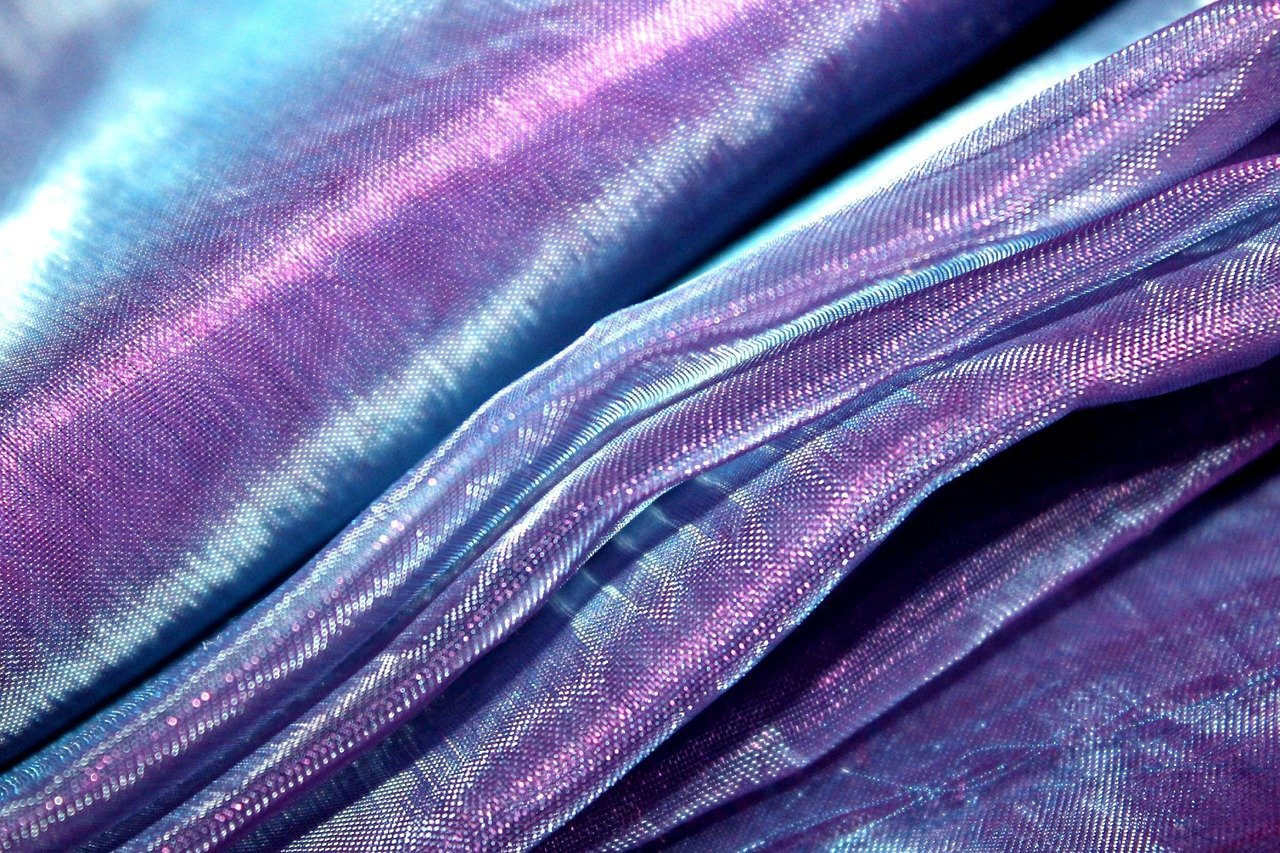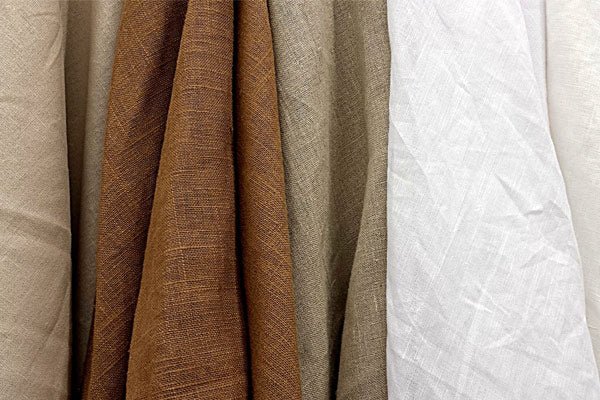The Organza Fabrics consists of a lightweight plain weave. The sheer quality of this fabric results in a relatively thin, transparent and flimsy textile, because it is woven in an extremely low density. Organza fabrics are often used due to its transparency and breathability to create garments that are overly thicker, and it is also sometimes used to make a variety of household textiles. Organza used to be made exclusively from silk. Today, these textiles can be crafted from other materials thanks to synthetic materials such as polyester and nylon. It is not possible to wash organza fabric in a washing machine because it has a delicate nature. The fabric must be washed by hand instead, and most consumers prefer to have their organza dry cleaned.
A silk thread made using the twist spinning method is commonly referred to as "organza," which originated from the word "organzine." The Silk Road, or ancient trade routes from China to Europe, led to the development of organza, which originated in the region following the Silk Road. "Organza" and "organzine" are not derived from any dialect of Chinese, however; rather they derive from a name of a town in Turkestan called Urgang, which hosted one of the largest silk markets of the ancient world. Due to its thinness and light weight, organza fabrics are easily damaged. Organza textiles should not be caught on snags, and should be wrapped in a protective material, such as muslin, when being stored.
In those days, a sheer silk fabric was required to keep up with fashion trends and to improve home decor. In addition to trimming lampshades with sheer fabrics, outer garment layers could be made from sheer fabrics with heavy evening garments. Since its inception, Organza fabrics have maintained its underlying principle, while its uses have diversified in ways that were previously not possible.
Making of Organza Fabrics
Organza fabrics are made from different types of materials based on what their composition is. Polyethylene, for example, is synthetically made from inorganic components in a lab. In order to produce polyester, petroleum oil must be refined into a textile yarn, with many different machines and chemicals being used. Although silk is produced with organic processes, no synthetic chemicals are used. Silkworms produce silk cocoons, which are used to make this material. Following the boiling of these cocoons or the immersion in hot water, they are released and can be unraveled to become strings of fiber.
The production process differs only until the textile yarn is made regardless of whether you use synthetic materials or silk to make organza. After that, the process is similar. No matter which material you use as the base, it does not matter. Taking two fibers and twisting them in different directions is the next step in making pure organza fabric. In this way, when they are connected, these two fibers naturally cling to each other. Despite their similarity, they oppose kinetic forces. It is necessary to first combine the yarn, followed by acid treatment, in order to stiffen it before it is spun into fabric.
A finished textile yarn is produced at the end of the organza production process, however. Making ‘organzine’ requires twisting two fibers in opposite directions, whether silk or synthetic fibers are used. Because of opposing kinetic forces, fibers cling to one another when put together. Fabric is created by combining the resulting yarn and treating it with acid, to make it more stiff. A key feature distinguishing these two materials is their stiffness.
Organza is a woven fabric that is made from silk or synthetic fibers. Organza fabrics must be woven by hand due to factors like its appearance, stiffness, and puckering, just to name a few. Despite this, the end product is low-quality while you can weave it with a machine. Unlike other types of organza fabric, silk organza fabric is much more expensive. Its value depends on its application, but silk is among the most luxurious, ecologically-friendly, and most expensive fabrics around.
Depending on the color, texture, and appearance of the fabric, there are many types of Organza fabric. Traditionally, China produces pure organza fabric and silk organza fabric, referred to as traditional organza or pure organza. Because it's made from silk filaments and not blends of any kind, the yarn is known for its name. Organza has a great deal of diversity in modern day production, although it can generally be grouped as synthetic and semi-synthetic, respectively. Silk, nylon, or polyester are blended with semi-synthetic Organza to create it. Organza fabrics made from all synthetic fibers are made of either nylon or polyester. Moreover, both artificial and silk varieties of this fabric are more affordable at the time of purchase, as well as cheaper to produce. Additionally, Silk Organza is more durable. Organza is available in different weaves that each provide a unique visual effect to the fabric. The loose weave in a piece of clothing can create an appearance of transparency and sheer glam!



コメントを書く
このサイトはhCaptchaによって保護されており、hCaptchaプライバシーポリシーおよび利用規約が適用されます。